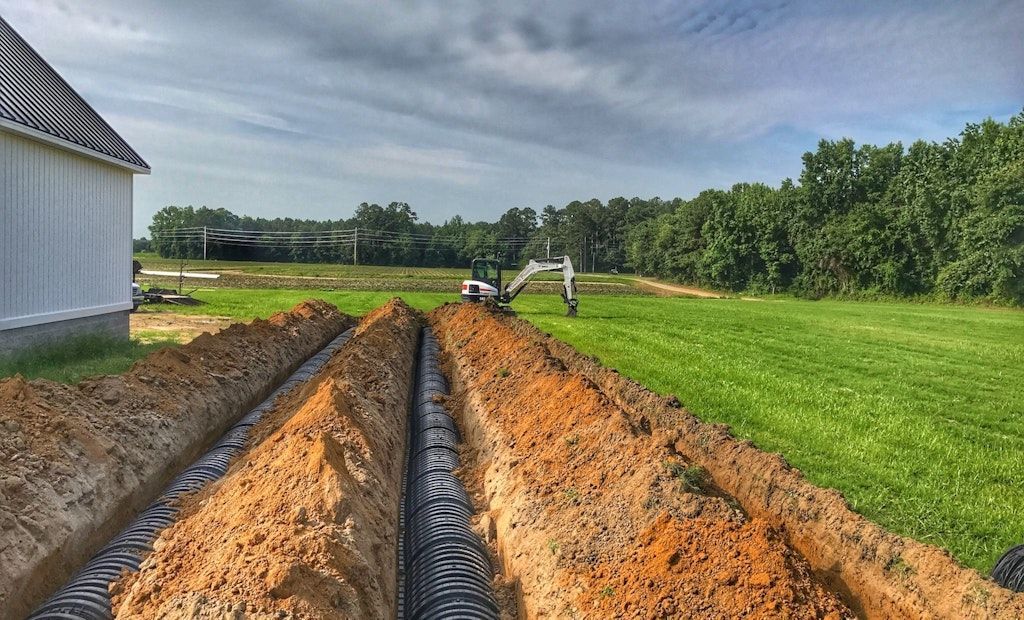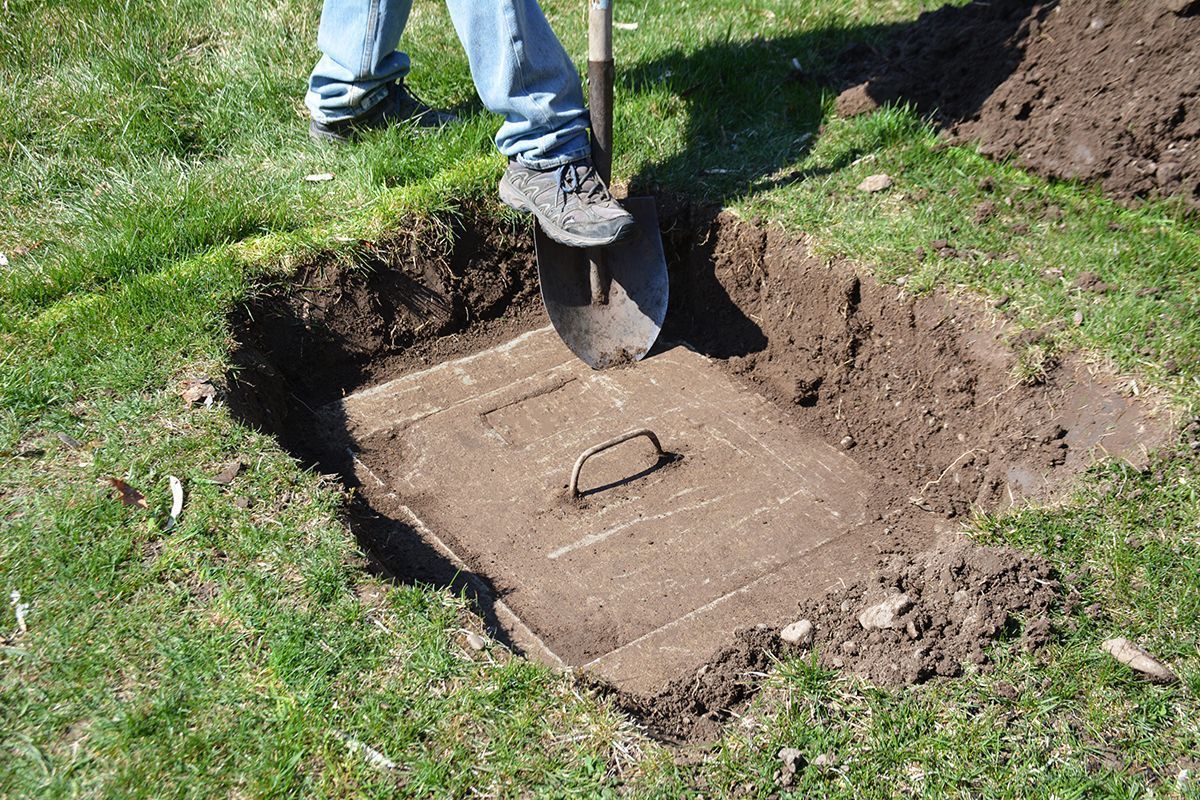Septic Permit Coordination 101: Navigating Local Regulations with Ease
September 4, 2025

Securing a septic permit is a critical step in any wastewater management project. Whether you're installing a new system or upgrading an existing one, navigating local regulations can be complex. Each jurisdiction has its own set of requirements, timelines, and approval processes, making it essential for property owners and developers to understand the permit coordination process.
Failing to obtain the proper permits can result in project delays, fines, or even system failure due to non-compliance. That’s why working with experienced professionals who specialize in
septic permit coordination can make all the difference. By understanding the key steps involved, you can streamline the approval process and ensure your septic system meets all legal and environmental standards.
Understanding the Septic Permit Process
1. Researching Local Regulations and Requirements
Every city, county, and state has unique rules governing septic systems. Before beginning a project, it’s crucial to research the specific requirements in your area. These regulations may include:
- Minimum lot size and soil conditions
- Setback distances from water sources, buildings, and property lines
- System type and capacity specifications
- Environmental impact assessments
Many local health departments provide guidelines, but working with a septic design expert ensures you fully understand and comply with all regulations from the start.
2. Conducting Site Evaluations and Soil Testing
A site evaluation is often required before applying for a septic permit. This assessment helps determine whether the property is suitable for a septic system and what type of system will work best. Key factors include:
- Soil Percolation Rate: Measures how quickly wastewater absorbs into the ground.
- Water Table Levels: Ensures the system won’t contaminate groundwater.
- Topography and Drainage Patterns: Helps in selecting the best installation site.
Soil testing results must be submitted as part of the permit application, and failing to meet soil requirements may require modifications to the system design.
3. Preparing and Submitting Permit Applications
Once the site evaluation is complete, the next step is to prepare the permit application. This typically includes:
- Detailed septic system design plans
- Soil test results and percolation data
- Property maps and site layout diagrams
- Environmental compliance reports
Depending on local regulations, applications may need approval from multiple agencies, such as health departments, environmental agencies, or zoning boards. Missing documentation or errors in the application can lead to delays, so attention to detail is key.
4. Coordinating Inspections and Approval Processes
Most jurisdictions require inspections at various stages of the septic system installation. These may include:
- Pre-installation Inspections: Confirms the site is suitable for the proposed design.
- During Installation Inspections: Ensures proper placement of tanks, pipes, and drainage fields.
- Final Inspection and Testing: Verifies that the system functions correctly and meets all regulations.
Timely scheduling and coordination with inspectors can prevent project delays and ensure the system is approved for use without complications.
5. Staying Compliant with Ongoing Maintenance and Reporting
Even after installation, some locations require periodic system inspections or maintenance reports to maintain compliance. Businesses and property owners should:
- Follow the recommended septic maintenance schedule.
- Keep records of pumping and servicing.
- Submit reports if required by local regulations.
Staying proactive with maintenance helps extend the lifespan of the system and prevents regulatory issues in the future.
Expert Septic Permit Coordination for Hassle-Free Approvals
Navigating the septic permit process doesn’t have to be overwhelming. At Environmental Design Group
in Austin, TX, we have over 55
years of combined experience helping businesses and property owners secure septic permits quickly and efficiently. Our team handles every step, from site evaluations to final approvals, ensuring a seamless experience. Contact us today to get started on your septic project.





